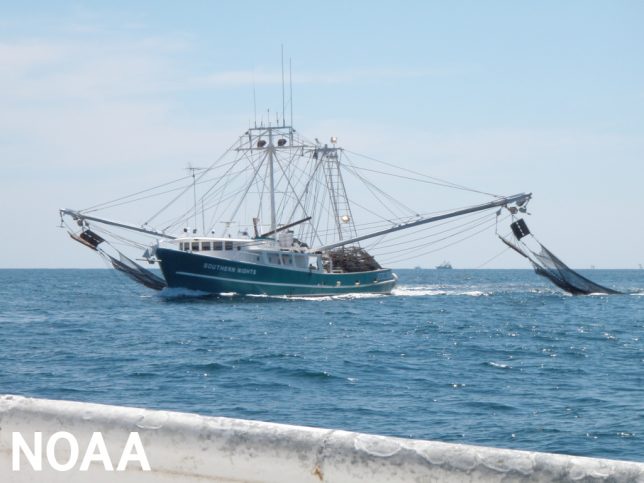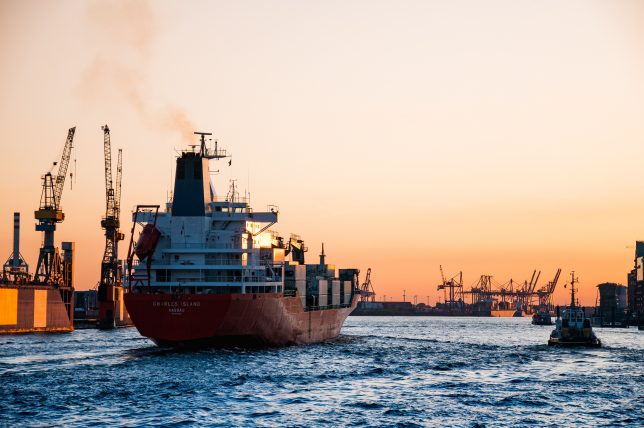
NOAA anticipated a remarkably smaller ‘Dead Zone’ in Gulf of Mexico this summer
The National Oceanic and Atmospheric Administration (NOAA) predicted a “dead zone” in the Gulf of Mexico this summer, an oxygen-deprived area spanning about 4,155 square miles that can prove lethal to marine life. This estimate, while significant, is lower than the 36-year average of 5,364 square miles. The dead zone occurs annually due to excessive nutrient pollution from human activities within the Mississippi River watershed.
The US Geological Survey (USGS) tracks key factors such as river discharge and nutrient loading, which contribute to the dead zone. In May 2023, there was a 33% decrease in river discharge, a 42% decrease in nitrate, and a 5% decrease in phosphorus levels compared to the long-term averages from 1980 to 2022. These nutrients instigate an algal bloom that, upon death and decay, depletes water oxygen levels, endangering marine life, especially bottom-dwelling species.
NOAA’s hypoxia forecasts are designed to help coastal managers and stakeholders proactively mitigate the impacts of hypoxia. The data also inform nutrient reduction targets aimed at curbing future dead zones. The Interagency Mississippi River and Gulf of Mexico Hypoxia Task Force aims to reduce the dead zone to 1,900 square miles by 2035.
Despite smaller ‘Dead Zone’, thousands of fish perish on Texas Gulf Coast
The New York Times along with several other media outlets reported that on Friday, tens of thousands of fish started washing ashore along the Texas Gulf Coast due to a combination of environmental conditions that depleted oxygen levels in the warm waters. The incident was described as a “perfect storm” of poor conditions by Bryan Frazier, the director of Brazoria County Parks Department. Warm water holds less oxygen than cold water, and the calm, cloudy weather obstructed the usual ways oxygen is infused into ocean water. The fish are thought to have been trapped in shallow, warm water where the oxygen supply diminished.
Experts suggest that climate change could be contributing to such incidents as warmer waters become more common. Katie St. Clair, the sea life facility manager at Texas A&M University at Galveston, said that rising water temperatures could lead to more such events, especially in shallow, near-shore environments.
Frazier noted that these fish kills are not uncommon during warmer periods and predicted local water conditions would improve as ocean waves reintroduce oxygen and fish leave low-oxygen areas. However, the United Nations reported in 2019 that warmer ocean waters have increased incidences of hypoxia (low oxygen levels), posing threats to fish populations.
The fish kill could significantly impact the environment as the dead fish, primarily Gulf menhaden, play a crucial role in the local ecosystem. Clean-up operations are ongoing to prevent the dead fish from rotting in the midday heat.


